The Xiaomi Redmi K40 Pro + is the top-of-the-line offering in the brand’s new K-line of devices released earlier this year. At about $550 it lands in our high-end category. It is equipped with the Qualcomm Snapdragon 888 chipset and has a 6.77-inch AMOLED display with a 120Hz refresh rate. For now, it is only being sold in China.
We put the Xiaomi Redmi K40 Pro + through our rigorous DXOMARK Audio test suite to measure its performance both at recording sound using its built-in microphones, and at playing audio back through its built-in speakers. In this review, we will break down how it fared in a variety of tests and several common use cases.
Audio specifications include:
- Two speakers
- Dolby Atmos
- No headphone jack
About DXOMARK Audio tests: For scoring and analysis in our smartphone audio reviews, DXOMARK engineers perform a variety of objective tests and undertake more than 20 hours of perceptual evaluation under controlled lab conditions. This article highlights the most important results of our testing. Note that we evaluate both Playback and Recording using only the device’s built-in hardware and default apps. (For more details about our Playback protocol, click here; for more details about our Recording protocol, click here.)
Test summary
Scoring
Sub-scores and attributes included in the calculations of the global score.
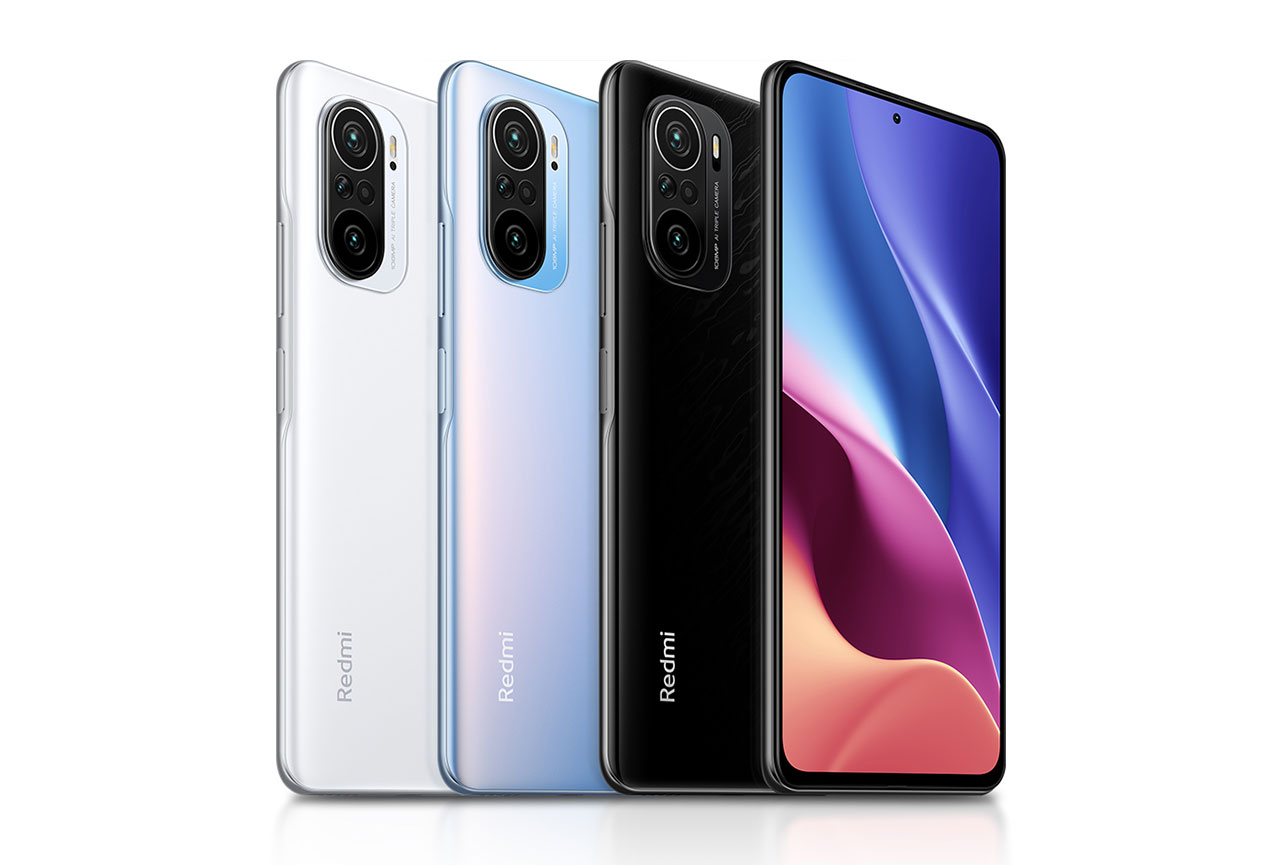
Xiaomi Redmi K40 Pro+


 130th
130th 18th
18thPlayback
Pros
- Good volume performance, with good maximum and minimum volumes.
- Wideness is good in landscape mode
- Bass precision is on target despite a lack of low end. Punch is correct.
Cons
- Inconsistent tonal balance.
- Lack of low-end and high-end extension.
- Upper midrange is too prominent.
Recording
Cons
- In high sound-pressure-level (SPL) scenarios, dynamics are impaired by compression.
With a global score of 66, the Xiaomi Redmi K40 Pro + is in average territory considering all the devices DXOMARK has tested for audio, and in decent company within its price range. It falls three points shy of the similarly priced Samsung Galaxy A52 5G, which notched a 69.
In playback testing, the Xiaomi Redmi K40 Pro + received good marks for both maximum and minimum volume. Its stereo speakers produced an appreciable amount of wideness when held in landscape mode, and despite a lack of low end, it was on target with bass precision. Punch was correct.
Shortcomings included inconsistent tonal balance, a lack of low-end and high-end extension, and the upper midrange was too prominent.
The K40 Pro + did much better as a recording device. It delivered a top-notch timbre performance in most use cases, and was also excellent in capturing the spatial aspect of recording in life video, or the outward facing camera, used in landscape mode. The volume performance was also solid.
Among its shortcomings in this aspect, dynamics were hindered by compression in the high SPL scenario, an electronic music concert.
Let’s take a closer look at how it did in each of the attributes we test.
Sub-scores explained
The DXOMARK Audio overall score of 66 for the Xiaomi Redmi K40 Pro + is derived from its Playback and Recording scores and their respective sub-scores. In this section, we’ll take a closer look at these audio quality sub-scores and explain what they mean for the user.
Playback

Timbre
Xiaomi Redmi K40 Pro+
58
89
Timbre tests measure how well a phone reproduces sound across the audible tonal range and takes into account bass, midrange, treble, tonal balance, and volume dependency.
The Xiaomi Redmi K40 Pro + delivered a decent performance in timbre. The score of 58 put in in the range of the Google Pixel 5, for example, which earned a 56, or the Honor 20 Pro, with a 57. This Xiaomi device produced the correct amount of trebles but could benefit from more high-end extension. The midrange is quite consistent, although upper mids are slightly too prominent. The main drawback here is found in the lower register — or not found there because bass and low-end extension are lacking.
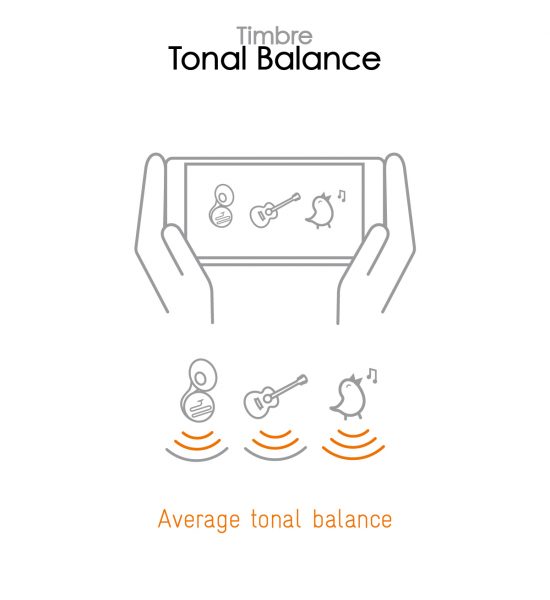
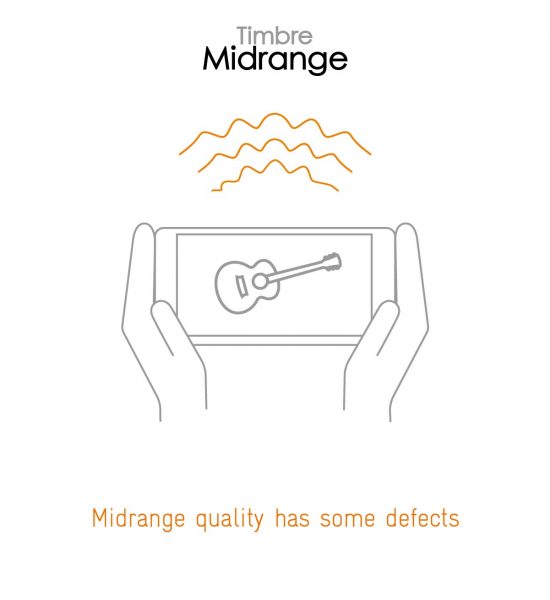
At soft volume, the tonal balance really lacks upper content and is muffled. At maximum volume, the lack of low midrange and bass/low-end extension makes the tonal balance really midrange oriented. In the chart below, you can see how little it offers at the lower frequencies.

Dynamics
Xiaomi Redmi K40 Pro+
64
81
DXOMark’s dynamics tests measure how well a device reproduces the energy level of a sound source, and how precisely it reproduces bass frequencies.
The K40 Pro + delivered a fairly strong performance in dynamics. The attack could benefit from more sharpness to ensure a better restitution of transients. The bass precision is correct despite the lack of low-end extension. Punch is also on target, except at maximum volume where the lack of low-end and compression impairs the punch.

Spatial
Xiaomi Redmi K40 Pro+
60
88
Sub-attributes for perceptual spatial tests include localizability, balance, distance, and wideness.
The Redmi K40 Pro + was average in the spatial attribute. Held back by a muffled timbre, the K40 Pro + falls short on both localizability and distance. Indeed, lack of upper spectrum information impairs the ability of the ear to precisely locate sound sources laterally, while distance is perceived as greater than it actually should be because of a lack of presence.
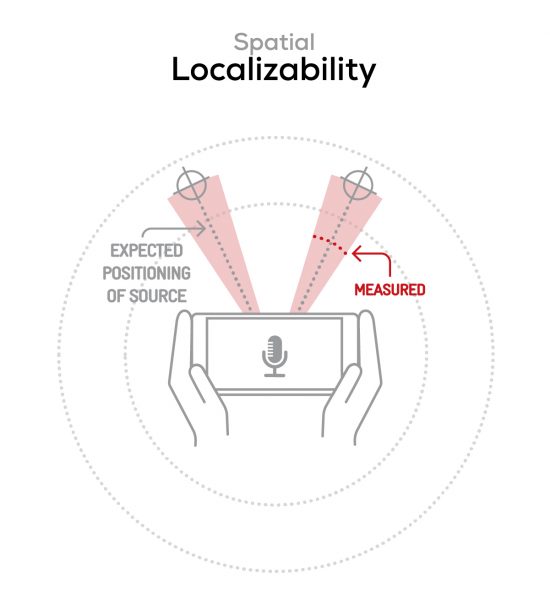
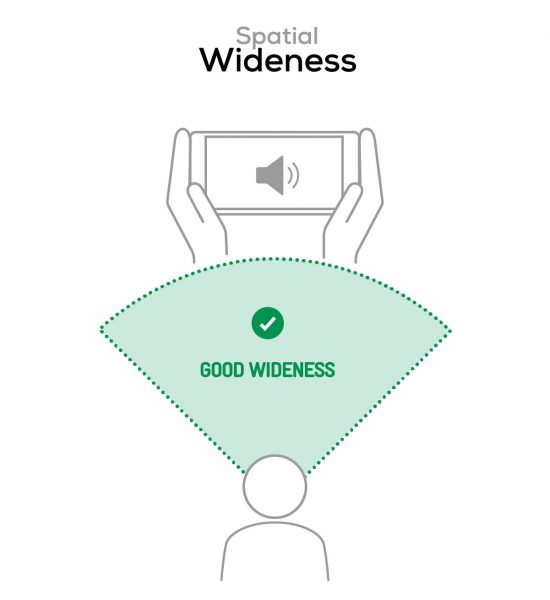
Balance is shifted toward the upper speaker (to the left in landscape mode). On a positive note, wideness is correct and appreciable.

Volume
Xiaomi Redmi K40 Pro+
64
91
Volume tests measure both the overall loudness a device is able to reproduce and how smoothly volume increases and decreases based on user input.
The Xiaomi Redmi K40 Pro + did fairly well in the volume attribute. The maximum volume was good, and at minimum volume, high dynamic content, like classical music, can be heard properly.
| Hip-Hop | Classical | |
| Xiaomi Redmi K40 Pro+ | 74.2 dBA | 72.4 dBA |
| Xiaomi Mi 11 | 74.7 dBA | 71.3 dBA |
| Samsung Galaxy S21 Ultra 5G (Snapdragon) | 73.9 dBA | 71.2 dBA |
Artifacts tests measure how much source audio is distorted when played back through a device’s speakers. Distortion can occur both because of sound processing in the device and because of the quality of the speakers.
The Xiaomi Redmi K40 Pro + did well in the artifacts attribute with few artifacts noted. There was slight compression observed at maximum volume as well as noticeable bass distortions at maximum volume.

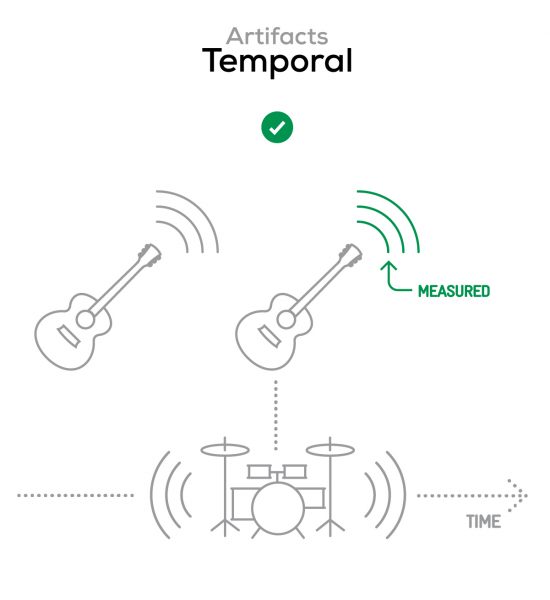
Recording

Timbre
Xiaomi Redmi K40 Pro+
81
91
The Xiaomi Redmi K40 Pro + delivered a great performance as a recording device in this attribute, earning a score that puts it in elite company, even among the most expensive devices. The tonal balance was excellent overall. In life video, the tonal balance delivered a correct amount of trebles, although a little more brightness would be an improvement. The midrange is consistent and makes voices sound realistic.
In the memo app, tonal balance sounds slightly darker, but it’s still pleasant. In the high SPL scenario, the tonal balance was good but could benefit from slightly more high and low extensions.

Dynamics
Xiaomi Redmi K40 Pro+
63
81
The K40 Pro + earned fairly good marks in recording dynamics. In the urban scenario, the background noise is quite loud and impairs the intelligibility of voices. The signal-to-noise ratio (SNR) is slightly better in the home use-case scenario, and good in the meeting use case.
In the electronic music concert scenario (high sound pressure level), compression hinders the envelope, and as a result transients are not very precise.

Spatial
Xiaomi Redmi K40 Pro+
68
78
In the spatial attribute, the K40 Pro + was above average. In life video, wideness and localizability were both excellent. The consistent midrange made the perceived distance of voices realistic. For selfie video (with the device held in portrait mode), wideness becomes very narrow, although localizability and distance remain good.
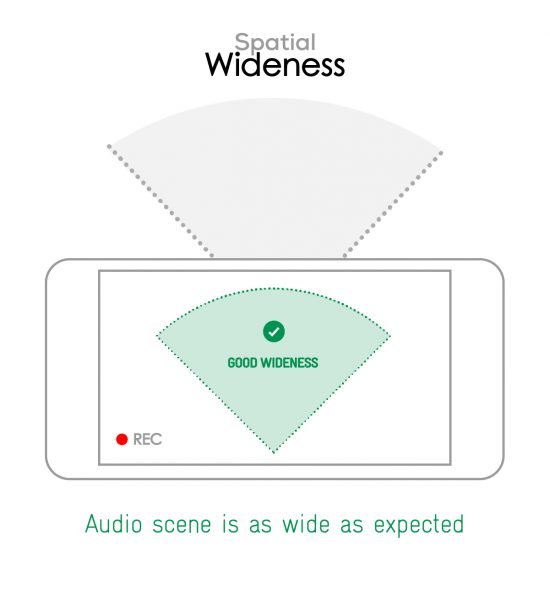


Volume
Xiaomi Redmi K40 Pro+
64
99
The Redmi device performed well in the recording volume attribute and also recorded loudness at a good level.
Here are our test results, measured in LUFS (Loudness Unit Full Scale). As a reference, we expect loudness levels to be above -24 LUFS for recorded content.
| Meeting | Life Video | Selfie Video | Memo | |
| Xiaomi Redmi K40 Pro+ | -28.1 LUFS | -20.5 LUFS | -18.7 LUFS | -21.2 LUFS |
| Xiaomi Mi 11 | -29.2 LUFS | -21.5 LUFS | -19.6 LUFS | -20.4 LUFS |
| Samsung Galaxy S21 Ultra 5G (Snapdragon) | -26.9 LUFS | -19.5 LUFS | -22.2 LUFS | -22.4 LUFS |

Artifacts
Xiaomi Redmi K40 Pro+
76
97
The K40 Pro + also did well in the artifacts attribute, exhibiting no artifacts other than some slight clipping on shouted voices. In the high SPL scenario, compression and some slight clipping were noticeable.

Background
Xiaomi Redmi K40 Pro+
49
60
In the background attribute, the Redmi device turned in a good showing. The tonal balance of background sound was good, and no artifacts were noted.
Conclusion
Overall, the Xiaomi Redmi K40 Pro + performed decently in playback and was notably able as a recording device, especially at this price point. In playback, it had a good volume performance at both ends of the spectrum, good wideness in landscape mode, and correct bass precision despite the lack of bass and low-end, which was one thing holding it back overall as a playback device. The lack of high-end extension was also an issue. The tonal balance was inconsistent.
As a recording device, the K40 Pro + really shined. Other than compression that impaired dynamics in the high SPL scenario, the K40 Pro+ turned in an excellent score in timbre and above-average scores in other attributes.
.


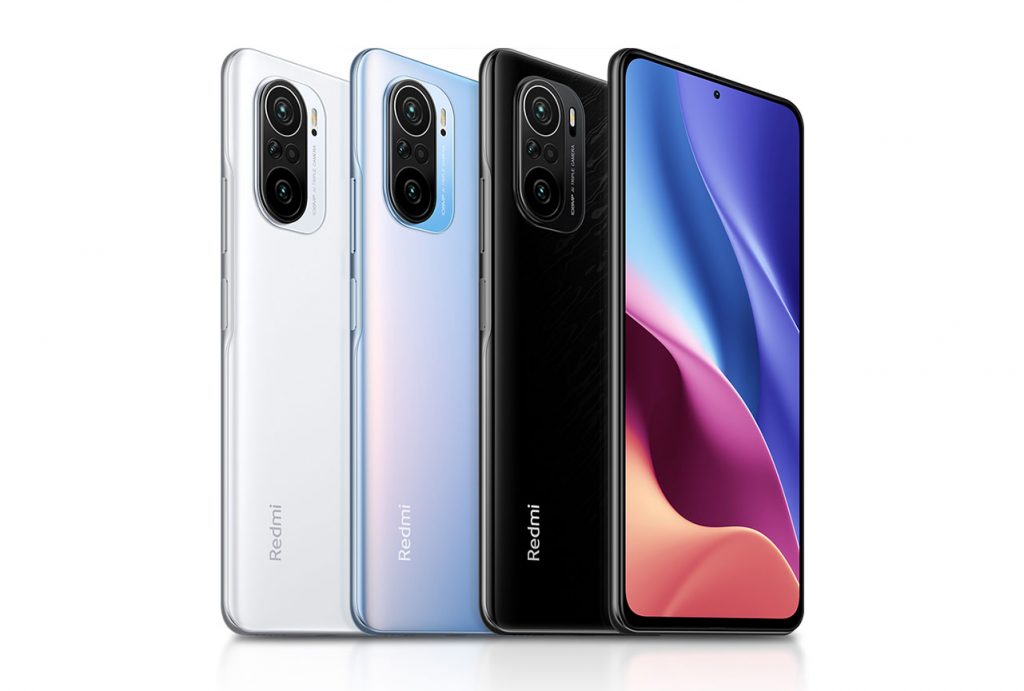
DXOMARK encourages its readers to share comments on the articles. To read or post comments, Disqus cookies are required. Change your Cookies Preferences and read more about our Comment Policy.